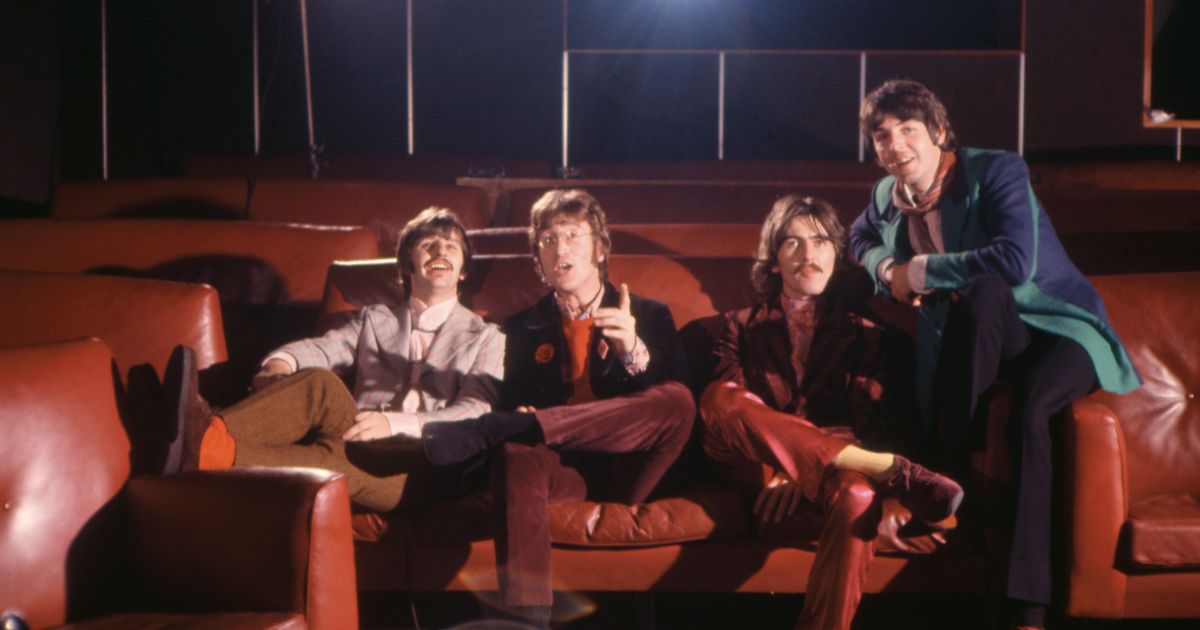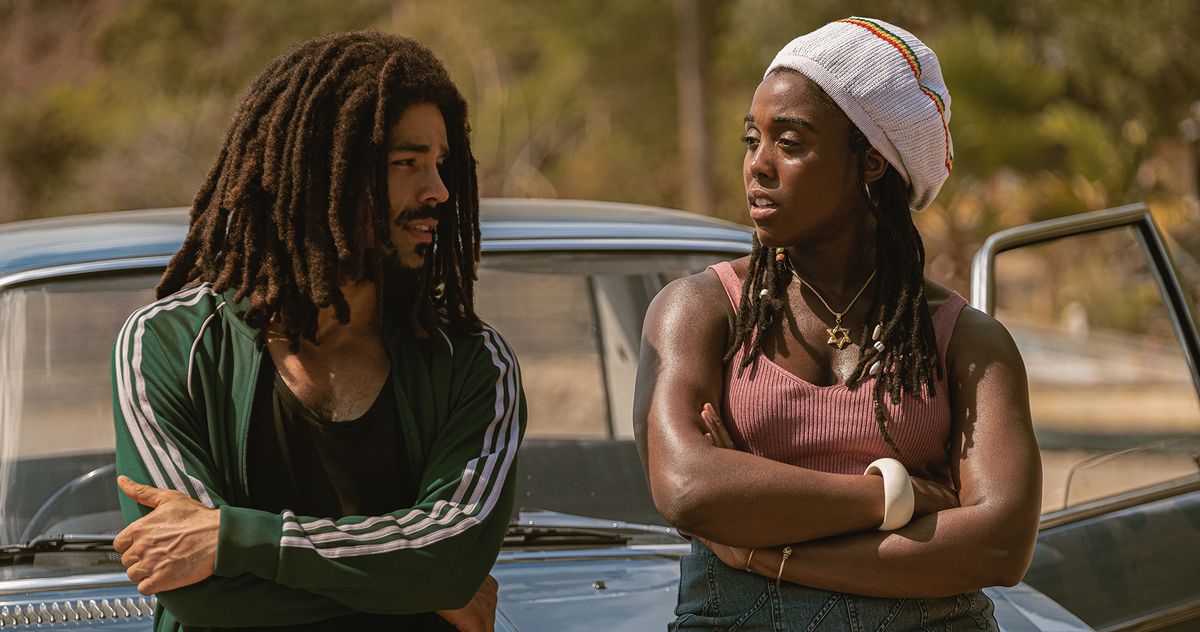
‘Wednesday’ Production Designer Explains Inspiration and Process Behind the Stained Glass, Romanian Forest and Shrunken Head
From the 1960s sitcom to the Barry Sonnenfeld films to MGM’s animated iterations, “The Addams Family” has been a ripe property for adaptation over the decades. But when preparing for “Wednesday,” Tim Burton’s live-action Netflix series that focuses on the family’s woeful teenage daughter, production designer Mark Scruton turned away from screens and referenced the original source material.
“I deliberately didn’t watch the old movies, but I did go back to the original Chas Addams cartoons,” he says, referring to the single-panel drawings that began appearing in The New Yorker in 1938.
“With Tim, visually, he’s very pared back,” Scruton explains. He acknowledges that Burton is known for grandiose and elaborate images, but emphasizes that in his films, “there’s nothing in the frame which isn’t meant to be there. And the cartoons are the same. Nothing wasted.”
Scruton took that approach when designing the Nevermore Academy dorm room that Wednesday (Jenna Ortega) shares with Enid (Emma Myers), a werewolf with a love for the bright and whimsical.
“We wanted to split it — a black-and-white side and a colorful side — but we couldn’t get our heads around how that happens without it being incongruous,” he says. “The idea became that Enid has done it herself.”
The room’s centerpiece is a massive window shaped like a spider web, on one half of which Enid paints what Scruton calls a “rainbow-textured explosion.” At the same time, the hallowed, church-like quality of the stained glass allows for cohesion with Wednesday’s more goth sensibilities.
“At Nevermore, there’s lots of different cultures. You’ve got gorgons, vampires, sirens, werewolves — it’s a melting pot,” Scruton says. To reflect that architecturally, he pulled from Gothic, Victorian, Ottoman and Moorish influences, among others.
“Principal Weems’ [Gwendoline Christie] office is the biggest example of that. She’s got the Gothic fireplace, but also a ’60s modernist desk, a very James Bond-style chair and a modern laptop. The actual room is this crazy mix of rococo and even Chinese architecture. That room was meant to be the hub of it all. The different styles come out from there.”
When it got too cold to shoot outside in Romania, Scruton’s team would create plaster casts of existing trees and re-create them in a studio. To achieve continuity once the harsh winter changed the appearance of the woods, the crew collected thousands of autumn leaves, preserved them in drying rooms, then re-scattered them throughout the forest floor once the season had passed.
And on a Tim Burton project, you can’t forget about the Easter eggs, many of which appear in Jericho, where the “normies” live.
“In the town, a lot of the shop fronts were stolen right out of the Chas Addams cartoons. There’s a florist’s shop, a cobbler’s shop, a thrift store,” Scruton says. “And in the Weathervane [coffee shop], there’s all sorts of metal weather vanes screwed to the wall.” These elements reference a Headless Horseman and Willy Wonka’s hat. Gargoyles in the quad also evoke characters from Burton’s movies, he says.
“In Principal Weems’ office, there’s a little shrunken head referencing ‘Beetlejuice.’ Tim had one in L.A. that we tried to get over there, but unfortunately, we weren’t allowed to ship it internationally,” Scruton says. “We couldn’t prove it wasn’t real.”








































![iFi's GO Bar Kensei Dongle DAC Supports K2HD Technology With Some Samurai Swagger [Updated] iFi's GO Bar Kensei Dongle DAC Supports K2HD Technology With Some Samurai Swagger [Updated]](https://i0.wp.com/cdn.ecoustics.com/db0/wblob/17BA35E873D594/33FF/45A11/QTXOLJR4xDKSNMMk2WlTgjaIlvSgcYpeU1xJzUwIoYs/ifi-go-bar-kensei.jpg?w=768&ssl=1)























